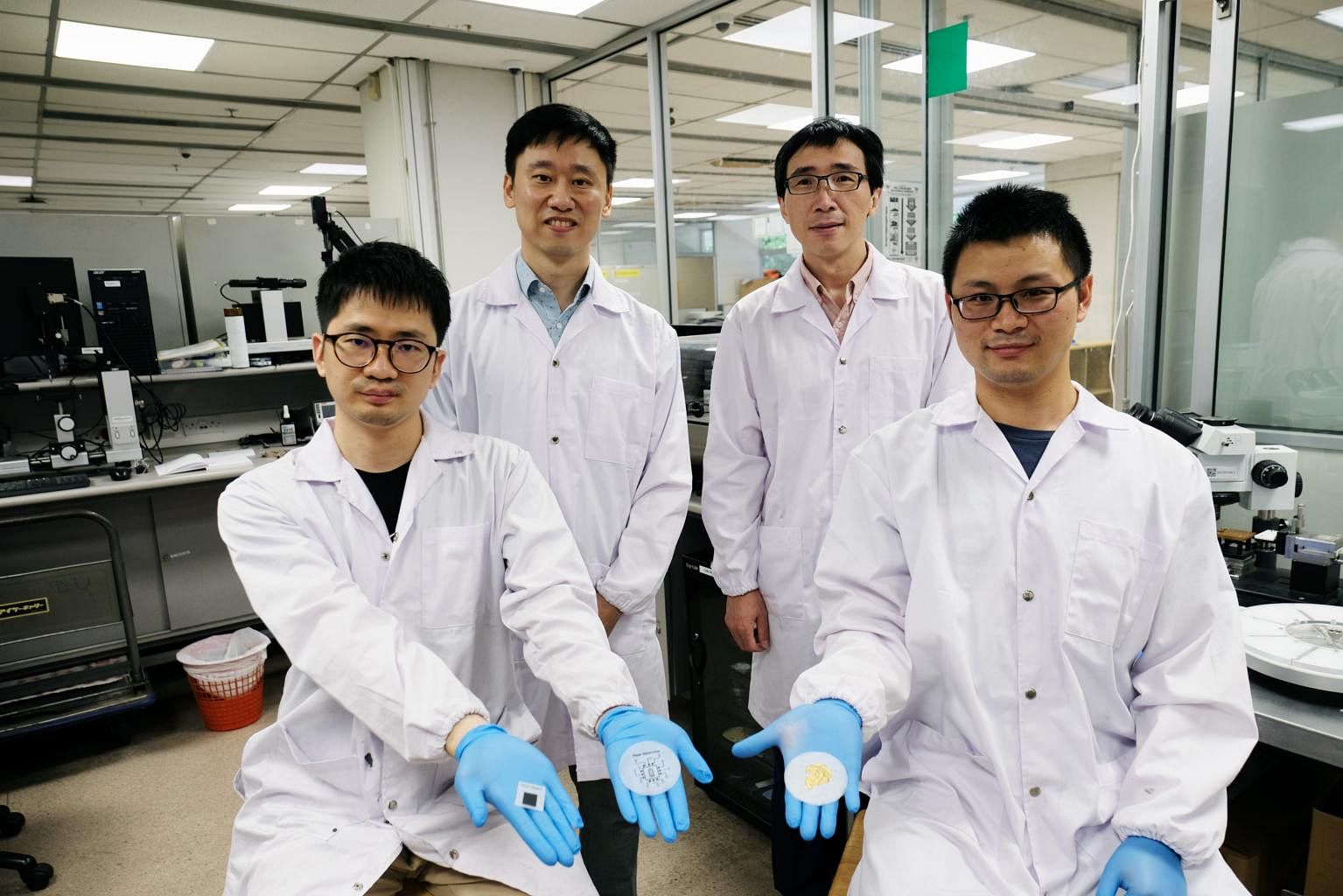
Perishables such as fruit and meat are often at the mercy of harmful bacteria, especially when left for a long time outside the refrigerator.
To salvage such food items, scientists have created a biodegradable packaging material that can kill harmful bacteria and fungi that sprout on fresh produce.
The packaging also extends the lifespan of strawberries by up to a week. Berries kept in ordinary boxes stay fresh for only four days.
The material – which resembles plastic – was created by researchers from Nanyang Technological University (NTU) and Harvard T.H. Chan School of Public Health in the United States.
The material is made from corn protein, starch and other naturally derived substances, and is infused with a cocktail of natural antimicrobial compounds such as the oil from thyme, and citric acid.
Lab experiments found that when the material detected rising humidity levels and enzymes from harmful bacteria, its fibres released minuscule amounts of the antimicrobial compounds that got rid of the bacteria.
The compounds can kill bacteria or fungi growing on both the food and the material. Dangerous microbes that thrive in food include E.coli and listeria, which causes one of the most serious forms of food poisoning.
The packaging is suitable to hold food items such as raw meat, fish, fruit, vegetables and ready-to-eat meals, said Professor Mary Chan, the director of NTU’s Centre for Antimicrobial Bioengineering who co-led the project.
She added that the team’s aim is to replace conventional plastic packaging with the new material that will also double the shelf life of produce.
“Vegetables are a source of wastage because even if they are refrigerated, they will continue to respire, leading to spoilage after a week or two. With the anti-microbial packaging, there is a chance to extend their shelf life… and also make the vegetables and fruits look fresh with time,” she said.
Prof Chan noted that while there is anti-microbial packaging already available in the market, the team’s material is believed to be the only one that is both biodegradable and able to release the bacteria-killing compounds only when needed, such as when there is a rise in humidity.
This means that the food will not be overly exposed to anti-microbial compounds.
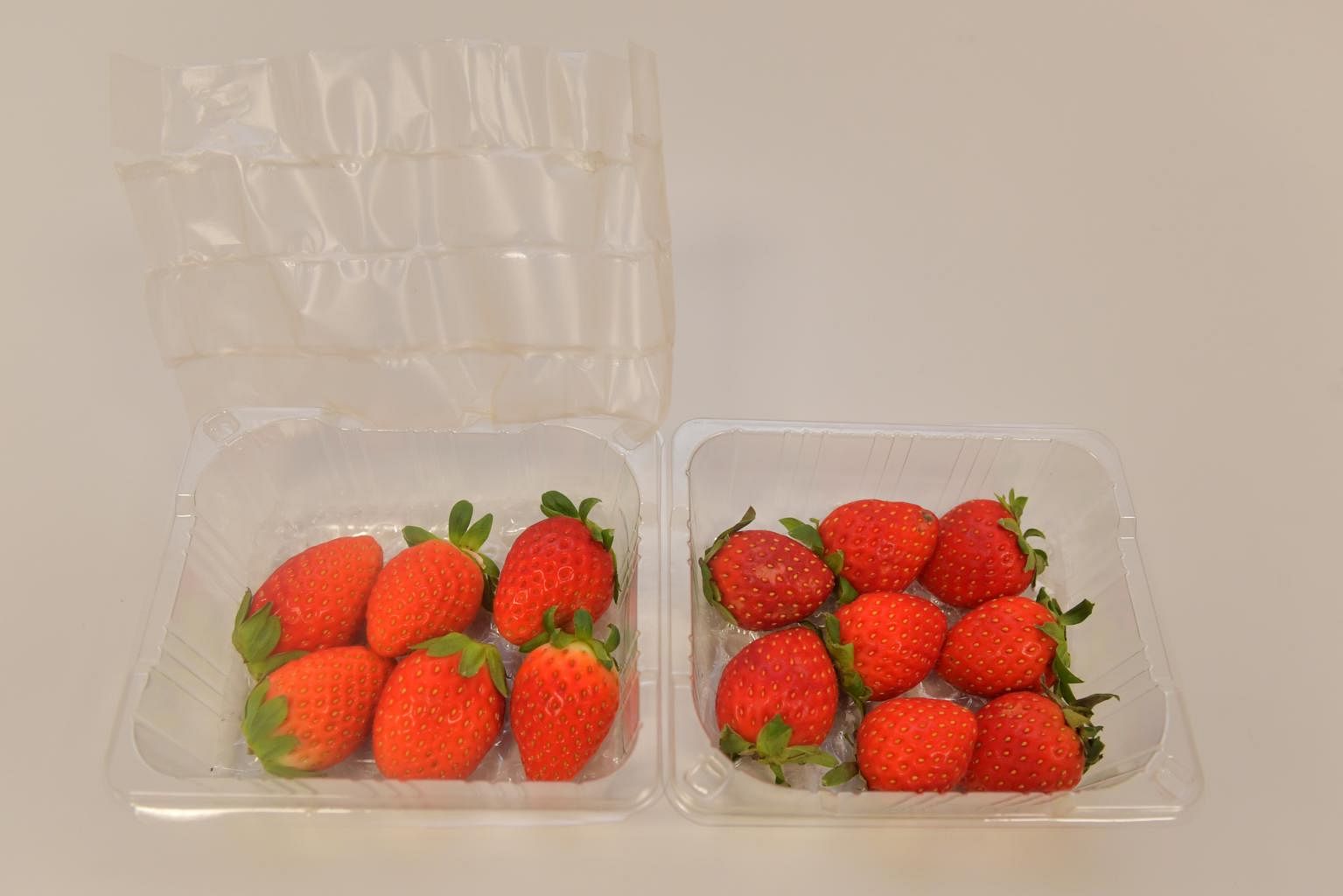
The new material was made through a process called electro-spinning – where the corn protein, the antimicrobial compounds with cellulose and an acid are drawn into tubes using electric force, and turned into fibres.
Harvard T.H. Chan School’s Adjunct Professor Philip Demokritou, an environmental health expert, noted that the new packaging would help to manage the triple threats of food safety, food waste and unsustainable packaging.
The research team’s project was published in October in the peer-reviewed journal ACS Applied Materials & Interfaces.
Packaging waste, including plastics, makes up about one-third of domestic waste in Singapore, and is a key waste stream.
As part of the nation’s efforts to reduce packaging waste, producers of packaged products and retailers, such as supermarkets with an annual turnover of more than $10 million, will be required to submit data and develop plans to reduce, reuse or recycle their packaging materials by March 31 next year.
The researchers hope to scale up their technology with an industrial partner, and to commercialise their food packaging within two years.
They are currently working to fine-tune and optimise the material’s manufacturing process and its functionality. They are also looking into other types of biopolymers – beyond corn protein – to create different forms of sustainable packaging.
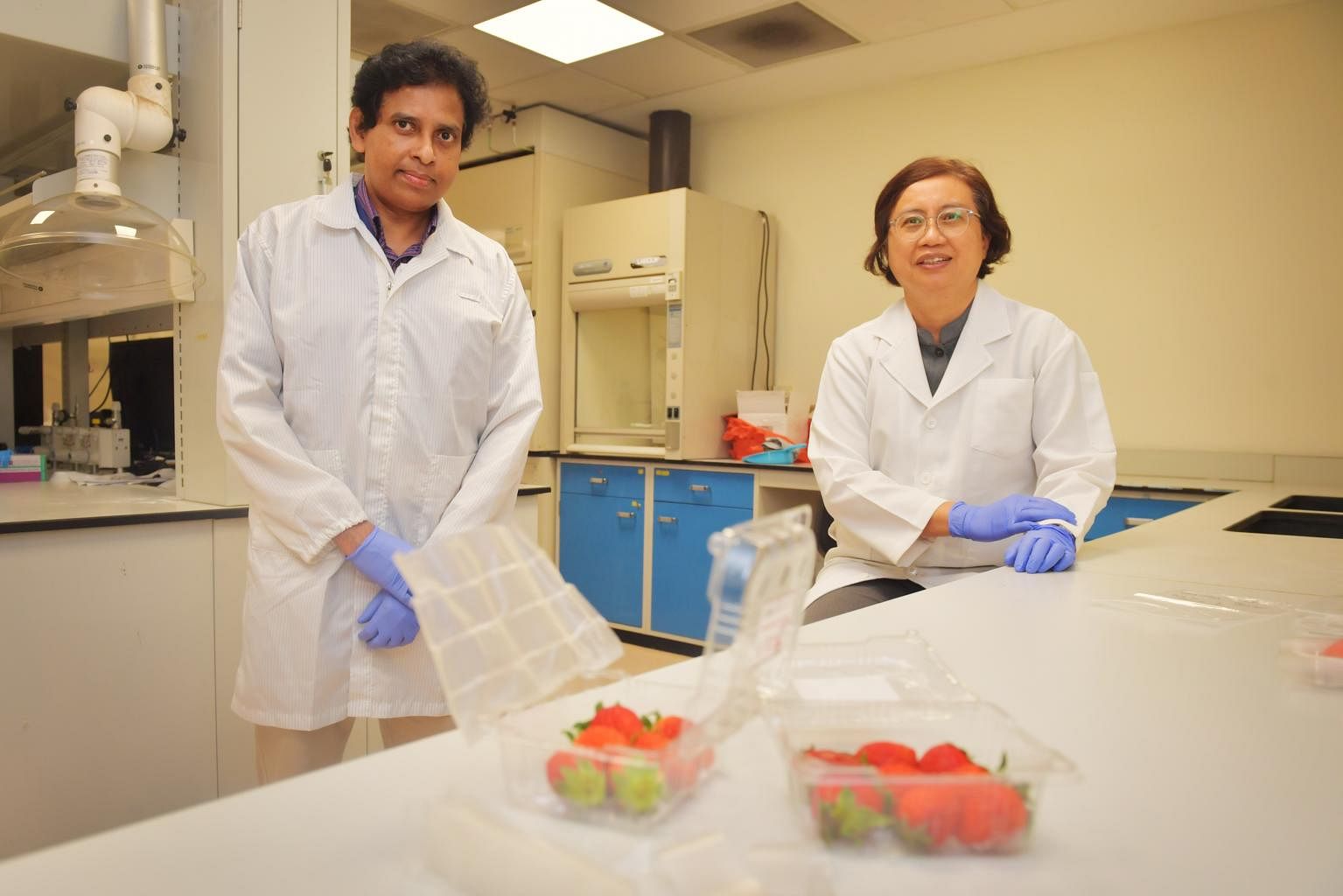
Prof Chan said their material will cost about 50 per cent more than ordinary plastic packaging.
ComCrop – a local company that pioneered urban rooftop farming – had assessed the viability of the scientists’ packaging material.
ComCrop chief executive Peter Barber said: “As ComCrop looks to ramp up products to boost Singapore’s food production capabilities, the volume of packaging we need will increase.
“The wrapping’s antimicrobial properties could potentially extend the shelf life of our vegetables.”
He added that the new packaging has to be made cost effective.
“The first three things Singapore supermarket consumers will check are: price, price and price,” said Mr Barber.
Source The Straits Times


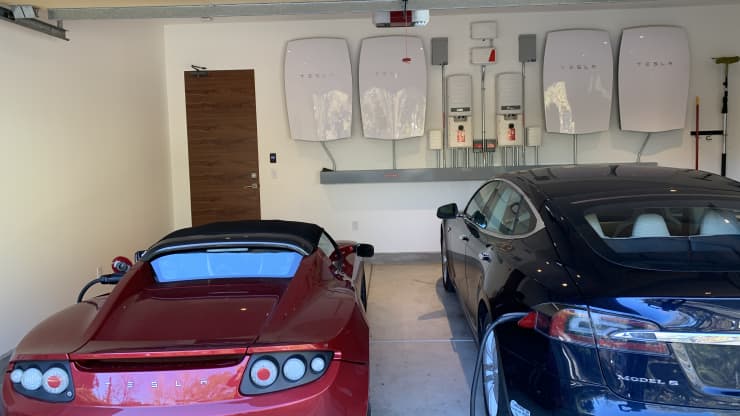


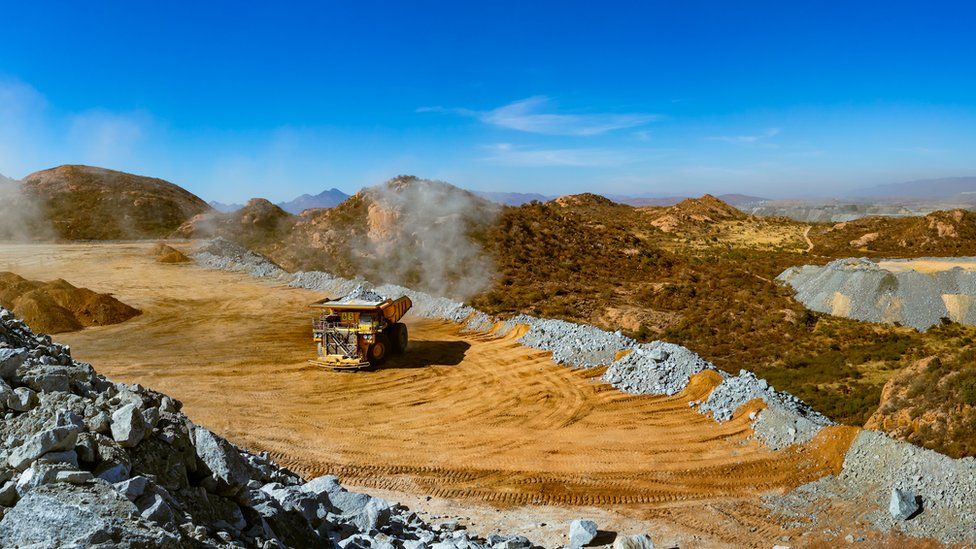
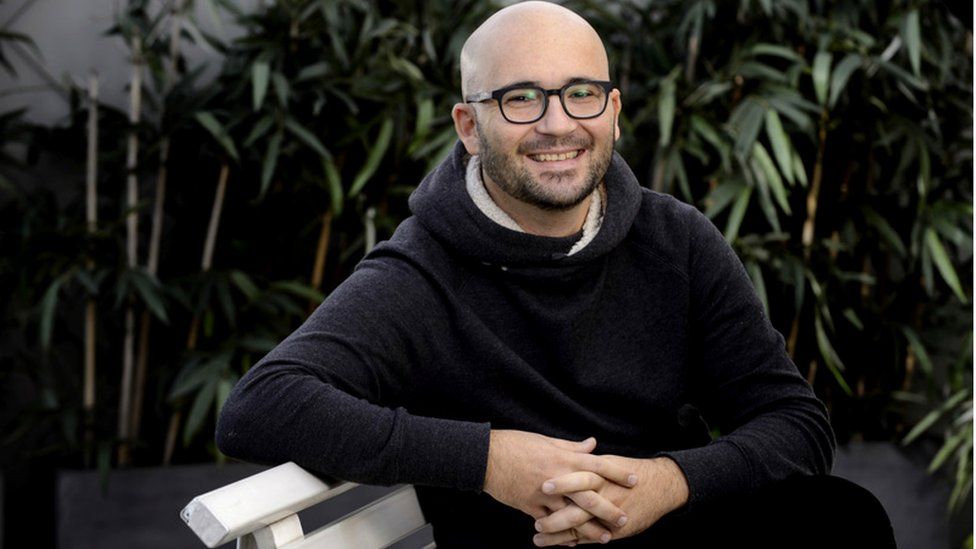
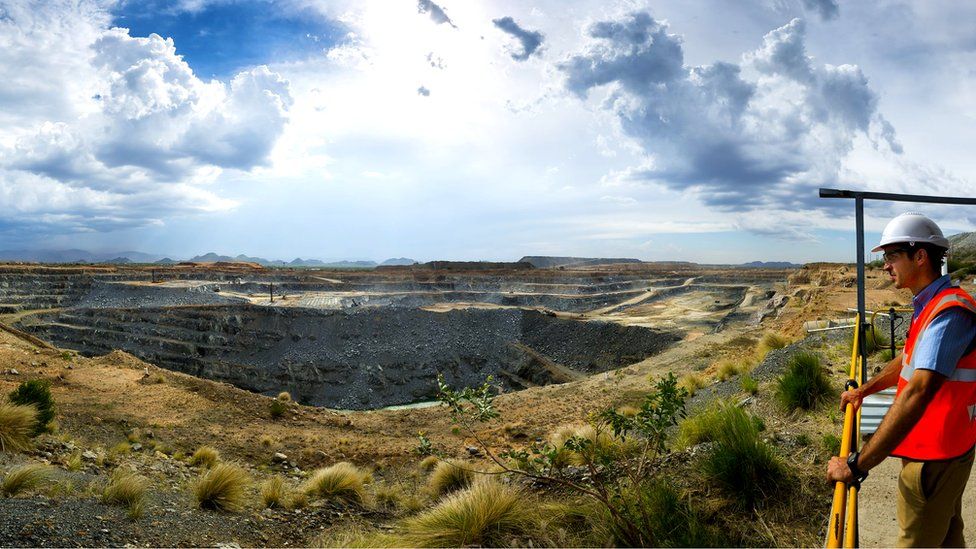










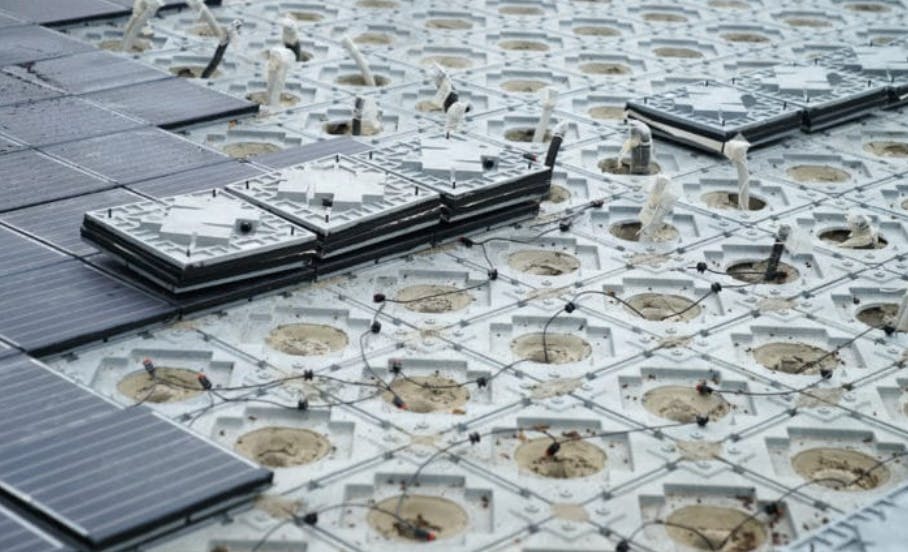



:format(webp):no_upscale()/cdn.vox-cdn.com/uploads/chorus_asset/file/23016998/111521_wall_st_building_1.jpg)
:format(webp):no_upscale()/cdn.vox-cdn.com/uploads/chorus_asset/file/22875117/092321_no_gas_rally_5.jpg)



